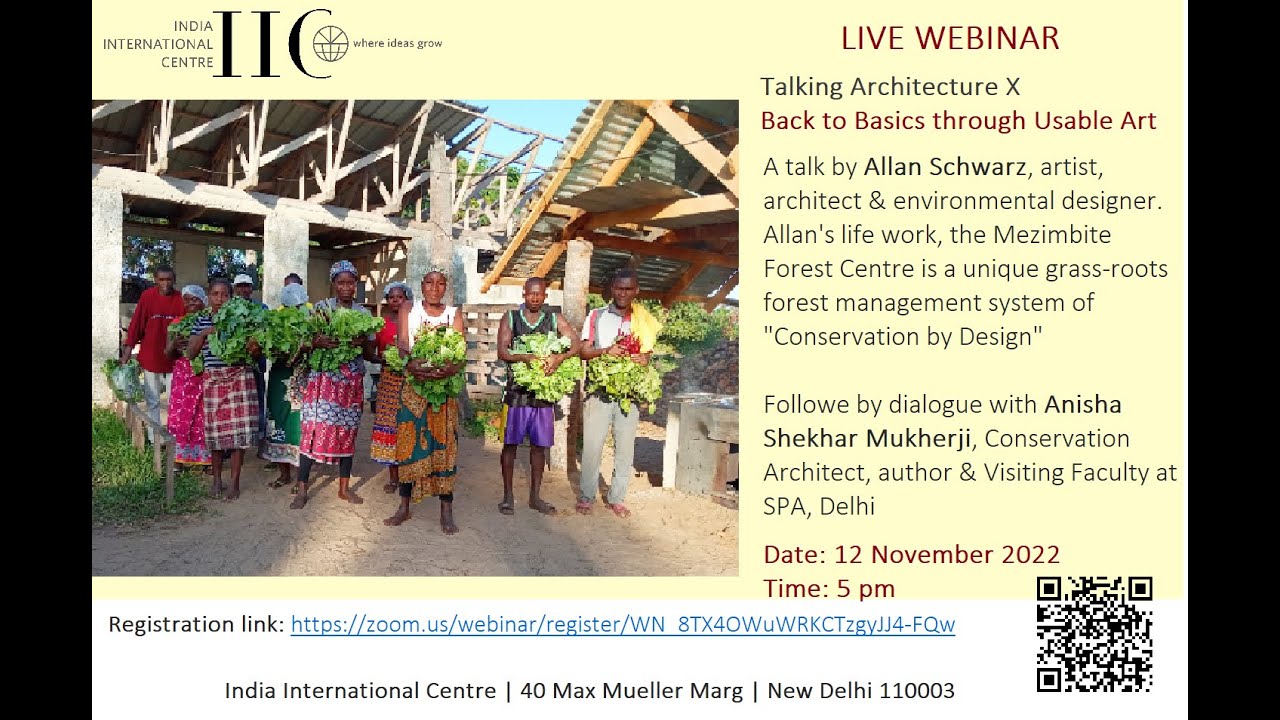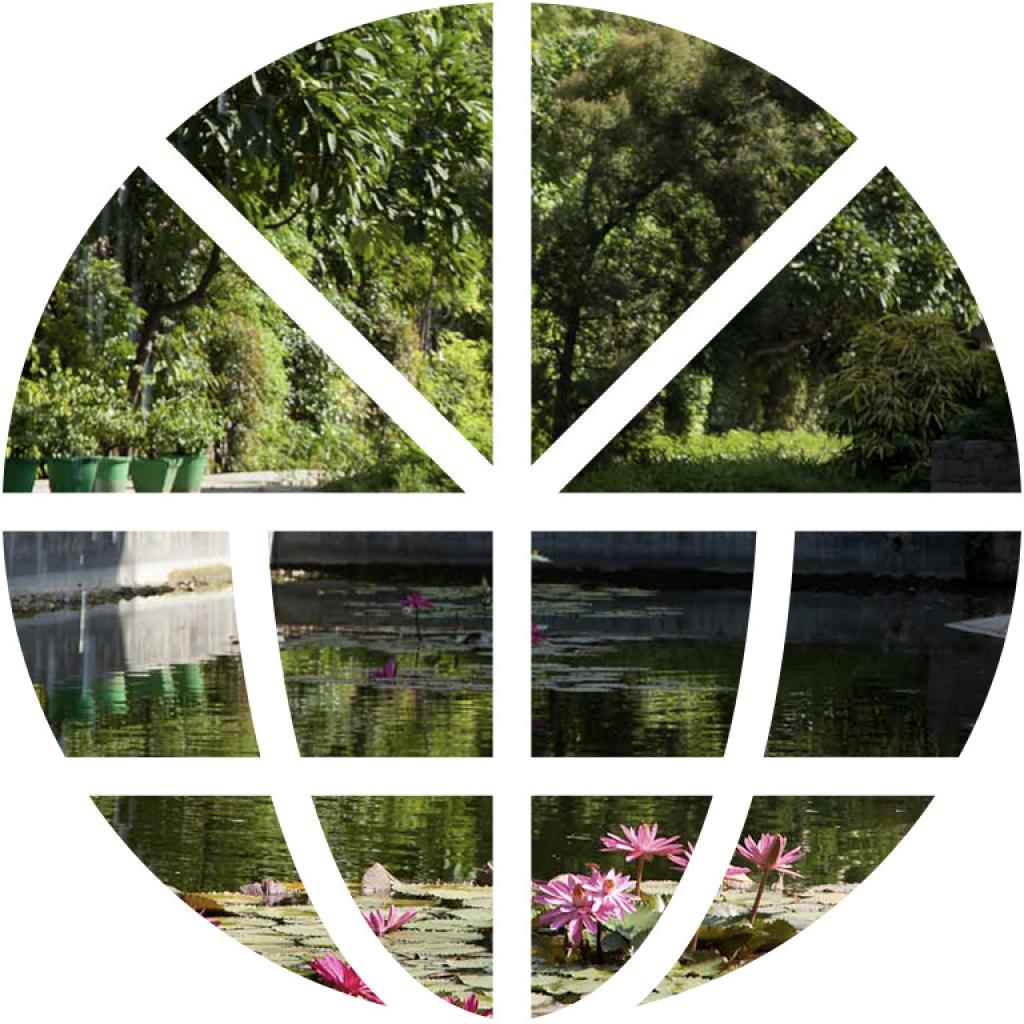Talking Architecture X
Back to Basics through Usable Art
A talk by Allan Schwarz: artist, craftsman, architect and environmental designer. Allan's life work, the Mezimbite Forest Centre, which he founded in Mozambique's Miombo Biome in 1994, is a unique grass-roots forest management system of “Conservation by Design", crafting usable art in the form of high quality and sustainable forest products. Allan is an elected Beautiful Soul Africa Fellow and Ashoka Fellow, and was recently acknowledged in a Penguin publication of the world’s 25 leading “Climate Warriors”.
Followed by a dialogue with Anisha Shekhar Mukherji, Conservation Architect, Author and Visiting Faculty at S.P.A. Delhi.
Conceptualised by Anisha Shekhar Mukherji, the series has presented philosophies and practices in India, that show the way forward for architecture to contribute positively to society and to culture. In this, the tenth talk, we see through Allan's work, the manner in which such philosophies and practices are being followed in Africa and at an international level.
Attendees to the session will find it useful to see this short film on Allan's work, made by Jessica Yu, when she was filming for NatGeo in Mozambique https://www.youtube.com/watch?v=gQXuK8kH9UQ&t=215s










